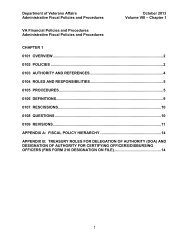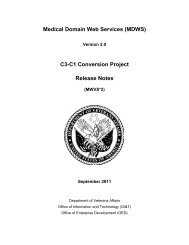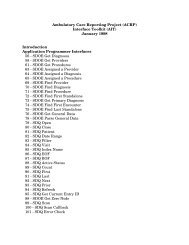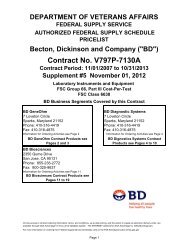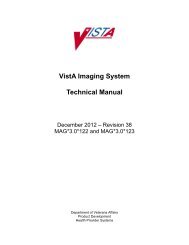Optimal Temperature for Cardioplegia During Coronary Artery ...
Optimal Temperature for Cardioplegia During Coronary Artery ...
Optimal Temperature for Cardioplegia During Coronary Artery ...
Create successful ePaper yourself
Turn your PDF publications into a flip-book with our unique Google optimized e-Paper software.
OPTIMAL TEMPERATURE FOR CARDIOPLEGIA FINAL REPORT<br />
cardioplegia through the period of aortic cross-clamping in an ef<strong>for</strong>t to sustain the<br />
myocardium.” (Curtis, 1996)<br />
“For the busy clinical surgeon, keeping current on the medical literature in this<br />
changing field of myocardial protection is not an easy task. Since 1966, more<br />
than 4,500 articles and numerous books have been published in the world’s<br />
literature directly concerning this critical aspect of cardiac surgery; more than<br />
one-third of these publications have appeared in the past five years…However,<br />
what is the impact of this vast quantity of published studies on the current clinical<br />
practice and techniques of myocardial protection?” (Robinson, 1995)<br />
A. Purpose<br />
In the context of the needs and controversies outlined above, the Veterans Integrated<br />
Service Network (VISN) 12 Quality Improvement Officer requested a review of the<br />
published research evidence on the optimal temperature <strong>for</strong> cardiopulmonary bypass<br />
(CPB) and cardioplegia (see glossary, Appendix) during cardiovascular surgery,<br />
specifically <strong>for</strong> myocardial protection during coronary artery bypass grafting (CABG).<br />
The review would be used to help support quality assurance activities at VISN cardiac<br />
surgery programs.<br />
When first presented to the VA Technology Assessment Program (VATAP) in<br />
December 1999, the request was attached to an urgent, two-day delivery schedule. To<br />
provide useful in<strong>for</strong>mation within that schedule, VATAP planned a two-stage response,<br />
first identifying relevant randomized controlled trials (RCTs) and presenting their results<br />
in abstracted tabular <strong>for</strong>m to the VISN 12 Quality Improvement Officer within his<br />
requested time frame.<br />
This report represents the second step in the VATAP response process: a more fully<br />
developed, updated, externally (to the Program) reviewed, comprehensive overview and<br />
qualitative synthesis of RCT results.<br />
For this report, VATAP conducted electronic literature database searches (the final<br />
search was per<strong>for</strong>med in September 2003) to identify existing assessments and reports<br />
of RCTs. The RCT results were then qualitatively combined into this systematic review.<br />
B. Background<br />
Disease Definition and Pathophysiology: Ischemic Heart Disease<br />
Ischemic heart disease is also known as coronary heart disease, coronary artery<br />
disease (CAD), or atherosclerosis. Ischemia refers to a diminished blood supply; with a<br />
reduced blood supply, oxygen and other substances essential to normal function are<br />
also diminished and tissue damage can result. Ischemic heart disease comprises acute<br />
myocardial infarction (AMI) and angina (variably present chest pain), both of which<br />
result from an imbalance between the oxygen demand of the heart muscle (normally<br />
met by the coronary arterial circulation under a wide range of workloads) and the blood<br />
VA OPCS Technology Assessment Program http://www.va.gov/vatap 2






